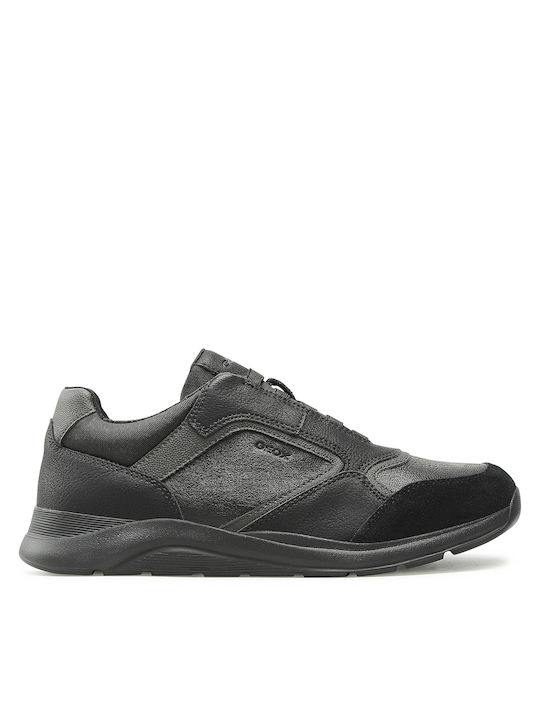
CARRANO ΠΑΝΤΟΦΛΕΣ 451002/PINT01-(A02)-MESTICO MANGO - J|Z - Γυναικεία Παπούτσια | Ρούχα | Τσάντες | Αποστολή σε όλη την Ελλάδα
Top Shoes - αξιολογήσεις, φωτογραφίες, αριθμός τηλεφώνου και διεύθυνση - Ένδυση και υπόδηση στην πόλη Χαλκίδα - Nicelocal.gr






















